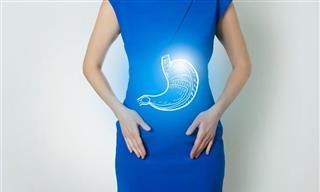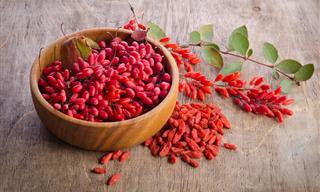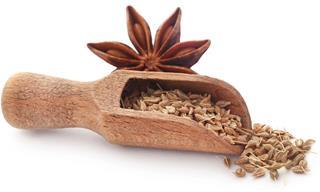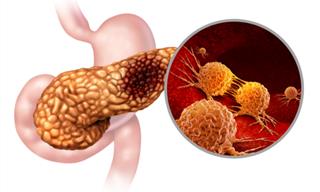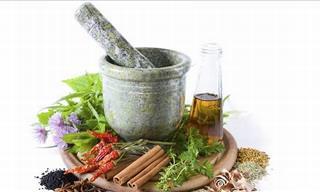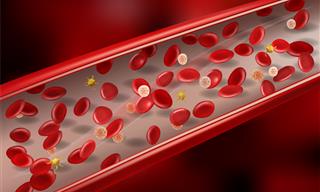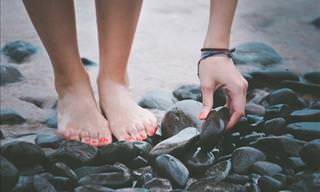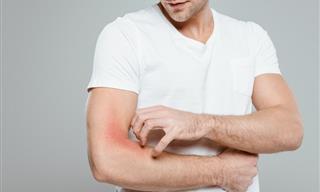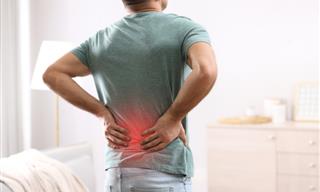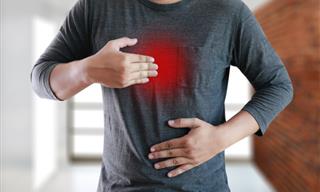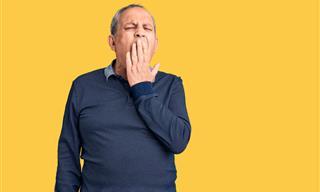Blisters are an unpleasant and unsightly condition caused by fluid buildup beneath the skin's surface. They typically arise from friction or burn-induced heat and are most frequently found in areas of the foot subjected to friction, such as the toes, heel, ball of the foot, or sole.
The discomfort and pain they cause can significantly impact our daily lives, making each step a painful reminder of our footwear choice. However, suffering from blisters doesn't mean you have to sacrifice style or endure the pain. Thankfully, podiatrists and orthopedic surgeons recommend proven methods that can make our lives easier. Here are some of their best tips for making your shoes more comfortable if you have blisters.
Related: Prevent Blisters on Your Feet By Following This Advice
1. Give your feet a saltwater footbath
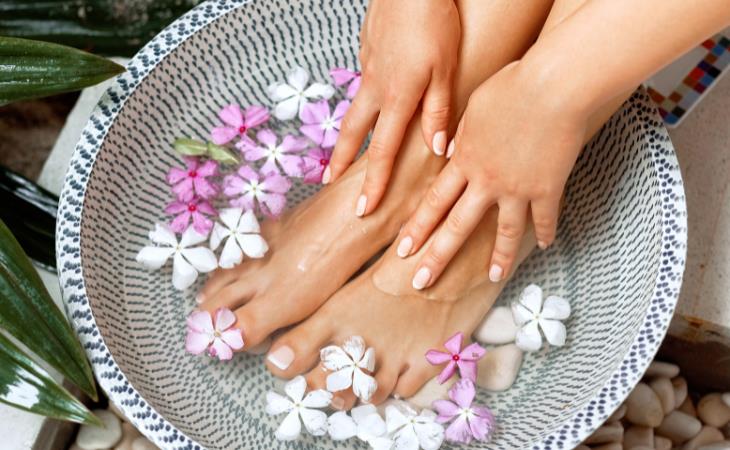
One of the most effective ways to treat a blister at home, according to podiatrists, is to immerse your feet in a soothing foot soak with saltwater. Additionally, they recommend applying an antiseptic and a sterile dressing to alleviate discomfort when wearing shoes. Experts also advise against popping the blister, as it exposes it to infection risk. Instead, it is advisable to let the blister heal naturally and eventually fall off.
Podiatrists stress that signs of infection include heat, swelling, excessive pain, and odor.
Related: 5 Indulgent Foot Soaks for Sore Feet, Relaxation and Detox
2. Oil your shoes
Relieve blister pain caused by leather shoes by massaging the shoe edges with massage oils like neatsfoot oil, mink oil, coconut oil, or olive oil. The shoes will become softer, less abrasive, and less likely to cause irritation with regular application over a few days. If you're skeptical about the effect of specific oils on the shoe's appearance or lifespan, you can choose a leather conditioner as a substitute for oil.
3. Try specialty insoles
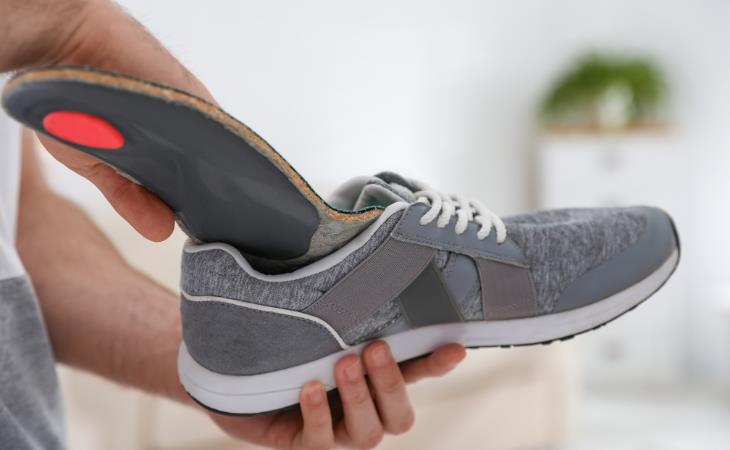
To prevent exacerbating a blister, you must steer clear of activities that could cause additional harm. This is where specialty insoles come in handy. Using specially designed insoles can provide your feet with increased comfort and protection. These insoles not only provide extra padding but also help evenly distribute pressure across your foot. Experts in foot health suggest that by dispersing and separating pressure, you can reduce the likelihood of developing blisters in high-pressure areas.
4. Use anti-blister socks
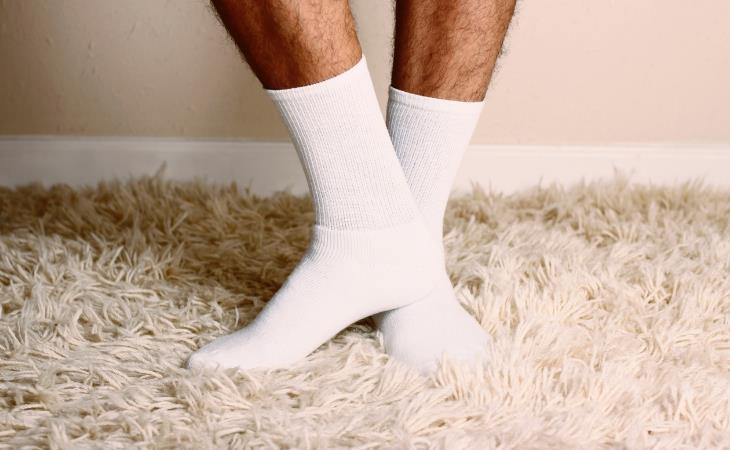
Anti-blister socks can soothe post-blister discomfort and prevent additional harm to the foot. These socks, made from specialized fabrics, are designed to minimize moisture and friction, thereby decreasing the likelihood of blisters compared to cotton socks.
Consider socks made of wool, hemp, or bamboo, known for their moisture-wicking properties. These types of socks effectively regulate foot temperature, draw away moisture, and minimize the chances of developing blisters. Additionally, modern socks now offer extra padding in the heel, arch, and toe areas.
5. Or try wearing two socks together
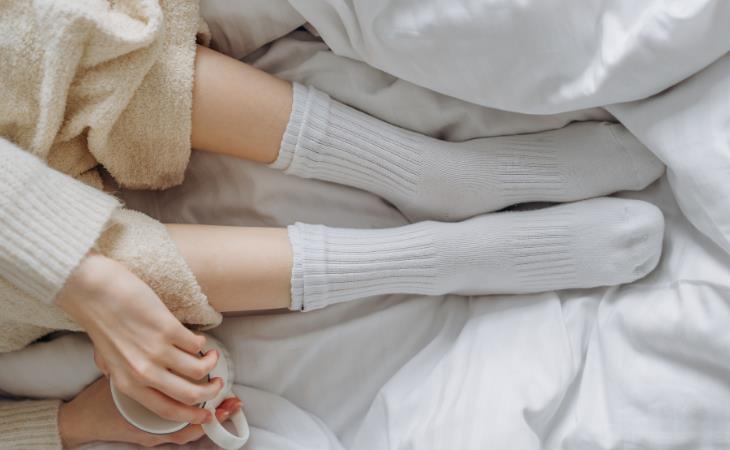
If you don't have access to anti-blister socks, there are alternative ways to experience their advantages, like wearing two cotton socks together. This technique not only offers additional padding and protection, but also helps with moisture absorption and friction reduction. Just be cautious to check if your shoes can accommodate the extra fabric when using this method. After all, you do not want shoes that are suddenly too tight, compress, and cause blisters to develop.
Related: 13 Ways to Make Shoes More Comfortable
6. Choose the right footwear
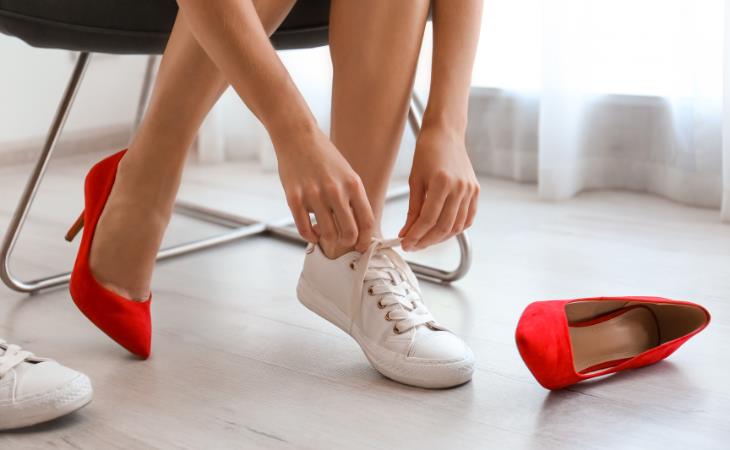
When you have blisters on your feet, making the correct footwear choice can have a tremendous impact on your comfort, advises L.S. Wang, MBBS, an orthopedic surgeon. A good pair of shoes should provide sufficient room to prevent irritation of the blisters, but be snug enough to prevent rubbing and the development of new blisters.
When shoes are overly tight or too wide, they can create friction that results in blisters. To reduce the risk and prevent the deterioration of present your blisters, it is advisable to wear well-fitting shoes that give ideal protection for your blisters and feet.
Orthopedics suggest refraining from pushing yourself through the pain, as this could lead to the blister popping and becoming infected. The best solution would be to change your shoes, but if that is not possible, try to change the part of the footwear that is causing friction.
Related: Shoe Discomfort? 10 Ways to Tie Your Shoes that Offer Relief
7. Use protective products to cover the blisters
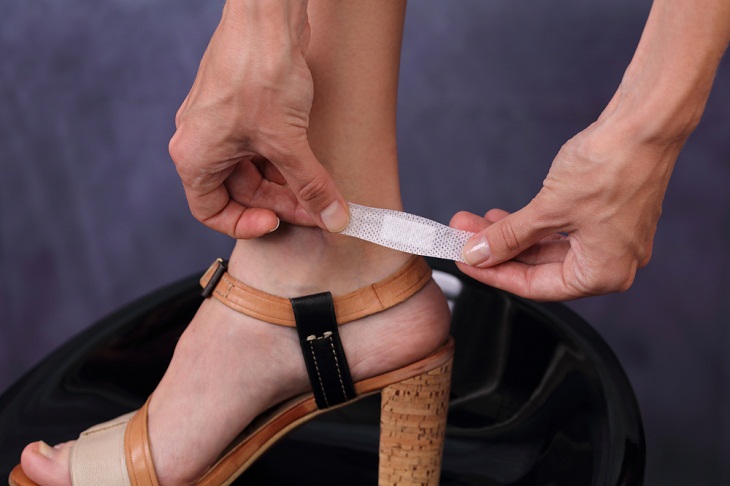
You have several options at your disposal if you wish to protect blisters against friction-causing elements on the inside walls of your shoes or other parts of your footwear. Moleskin, bandages, and blister pads all stick to the skin around the blister to create an effective barrier.
When your blister has almost healed completely, podiatric specialists suggest using anti-friction products such as creams, balms, or anti-friction sticks. These can effectively guard your skin against friction caused by your shoes.
 Go to BabaMail
Go to BabaMail


















